FAMILY SLOW BIRDING - SESSION 1
Getting to Know Your Feathered Neighbors
Video 1
Welcome to Slow Birding for Families! This is your first of five videos with a focus for each day and some activities to get you going. For this session, I give you tips on how to find a special Sit Spot to watch birds from, how to make a nature journal and how to use the Merlin app to figure out which birds you're seeing. (The app demo did not show up in the video so please see the class page for some screenshots, thanks.)
Using Merlin Identification App
Take a look at the three screenshots below. Start with the opening page and click through to start your identification. Pay attention to the size of your bird! It will ask you about colors and habitats next. Keep these questions in mind as you get to know your Bird Neighbors!
Downloads for this session
bIRD OF THE DAY - aMERICAN rOBIN
This is one of the first birds to start singing at dawn with a speedy, bright whistled song, that sounds like “Cheerio, Cheerily, Cheery-up!” This is the song they sing out loud at dawn and dusk to claim their territory and to invite a mate. BOTH males and females sing! If you look carefully, you can tell difference between males and females. Males have a deeper red tone to their chest and a darker shade on their back. Females look like their colors have faded a bit. Can you find both males and females on your walk or in your yard? Use the learning to look download from above to help you look closer! Dig a little deeper right now by clicking the button below.
Let’s Play - Birdy Artistry
One of the ways we can build bird images in our brains is to engage our creative sides! Give this collaborative drawing activity a shot with your family. Use the Learn to Look download from yesterday that’s on the Facebook page to remind you of the parts of a bird. And maybe, take a look at the Common Feeder Birds downloads above to see all the different shapes, beak types, etc.
What you need:
blank paper
one marker for each family member, a different color for each
one die (wanna get ambitious, use both and assign your own bird parts for 1-12)
Here’s what you do: Take turns rolling the die, each number corresponds to a part of a bird (see below). Draw that part of the bird, then pass the die and paper to the next person. They roll and add whatever part matches the number on the die. It gets a little wacky, drawing a bird in a way that seems backward. But, it’s a lot of fun to see what you come up with. If you roll a number that’s already been drawn, the person can role again. Or, maybe, you start another bird? Add another feature like stripes or color parts in? Have fun with it and make it your own!
1 - Head 2 - Body 3 - Beak 4 - Wings 5 - Tail 6 - Legs & Feet
Share your creation or twist in our Facebook group!
Brain food - Resources for you!
Bird Apps:
Merlin Bird ID - Cornell
Audubon Bird Guide
Online Field Guides:
All About Birds - Cornell Lab of Ornithology
Audubon Guide to North American Birds
Field Guides for Novices:
The New Birder’s Guide to Birds of North America by Bill Thompson III
Stokes Beginner’s Guide to Birds: Eastern/Western Region by Donald & Lillian Stokes
Other Cool Resources:
Why & How You Should Start A Sit Spot Routine - Mother Nature Network
Nature Journal Connection with John Muir Laws
The Pocket Naturalist Guide: Vermont* Birds by Waterford Press
*They have other states as well!
Backyard Birds - 101 Flashcards for Discovering Birds by Todd Telander







